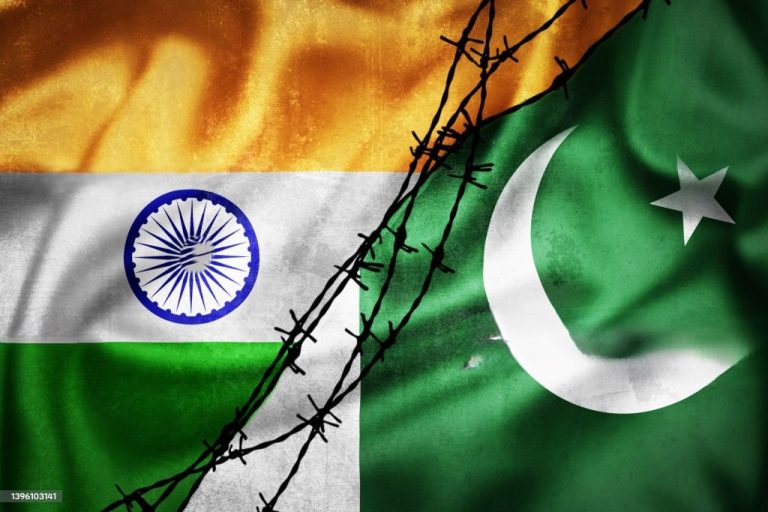The current state of tension between Pakistan India war has once again captured global attention as border skirmishes and military posturing escalate across the Line of Control (LoC). The long-standing rivalry, rooted deeply in history, politics, and territorial disputes—particularly over Kashmir—has seen fresh developments in recent days, prompting international concerns of a broader conflict. Today’s updates highlight an increasingly volatile environment marked by military activity, diplomatic exchanges, and heightened security alerts on both sides.
Early this morning, heavy shelling was reported across several sectors in the LoC, with both nations accusing each other of initiating unprovoked aggression. Pakistani military sources have stated that Indian forces targeted civilian areas in Neelum and Leepa Valleys, resulting in casualties and damage to infrastructure. Meanwhile, Indian media reports spread false news that the shelling was a retaliatory measure against infiltration attempts by alleged militants backed by Pakistan. These conflicting narratives continue to fuel confusion and raise questions about the credibility of either side’s version of events.
Amidst the firing exchanges, both armies have reportedly mobilized additional troops to the front lines, signaling an alarming escalation. Pakistani Prime Minister and military spokespersons have issued firm warnings against further violations, stating that any hostile move from India will be met with a “full-spectrum response.” On the other side, India’s Defence Ministry has remained resolute, with high-ranking officials asserting their nation’s right to defend its sovereignty. India has also put its air bases on alert in Jammu and Kashmir, and sightings of low-flying fighter jets over the region have been reported by local residents.
Diplomatic channels are showing signs of strain as well. Pakistan Army responds firmly to Indian drone invasions across several regions. Pakistan has summoned the Indian envoy to lodge a formal protest, while India has accused Pakistan of destabilizing the region through continued support for non-state actors. Despite these provocations, there has been no concrete sign of dialogue being resumed. The United Nations and several other international bodies have called for restraint, emphasizing the risks of miscalculation and urging both nations to engage in peaceful conflict resolution. China, a regional superpower and strategic ally to both countries, has offered to mediate, although no official acceptance of this offer has been reported.
In Islamabad, public sentiment is a mix of fear and defiance. Civil society and media outlets have been covering the developments with increasing intensity, with special programming dedicated to real-time updates and historical context. Similarly, Indian cities have witnessed rising nationalist rhetoric, with rallies and social media campaigns supporting military actions and criticizing Pakistan’s stance on Kashmir. This war of narratives continues to polarize populations and limits the prospects for reconciliation in the near term.
One of the most worrying developments is the possibility of cyber warfare being used as an extension of this conflict. Reports have emerged of government websites on both sides being targeted in suspected denial-of-service attacks. Although authorities have not confirmed the sources of these intrusions, the digital dimension of the conflict suggests a broader and more complex battlefield.
The Kashmir region, the epicenter of the conflict, remains under heavy military lockdown. Communications are restricted in many parts, especially in Indian-administered Kashmir, where internet services have been partially suspended. Human rights organizations have expressed concern over the rising civilian toll, urging both nations too.


